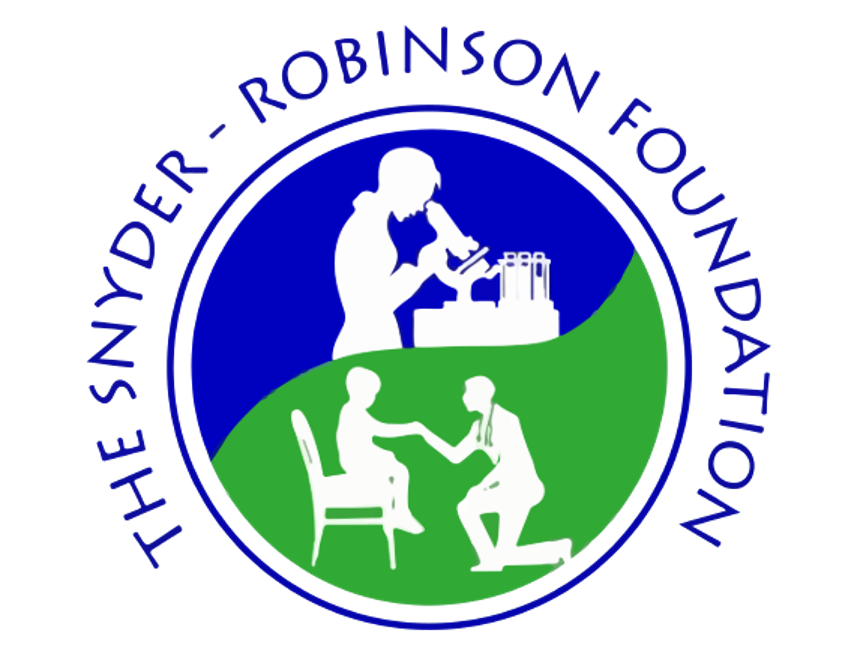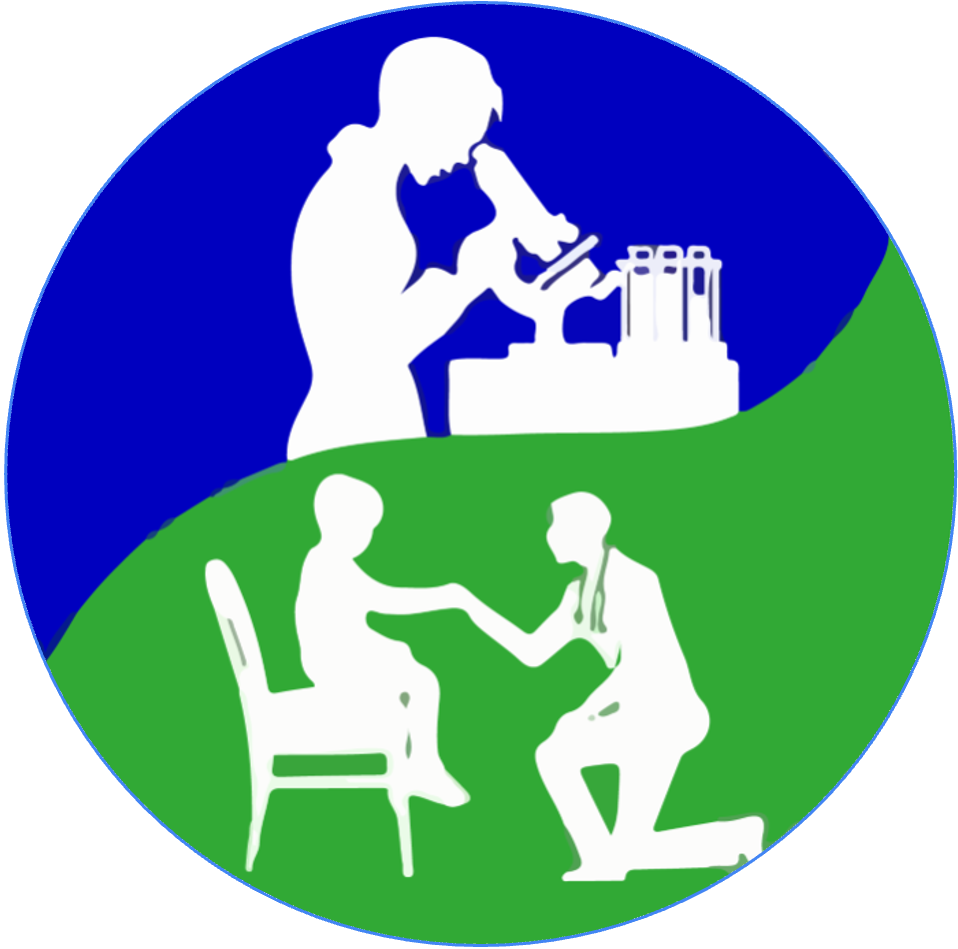Epilepsy Management
-
Epilepsy Management – Dr. Vinodh Narayanan
Dr. Narayanan is a child neurologist in Phoenix, Arizona. He has been a child neurologist for 34 years. He has experience treating seizures in SRS patients.
This presentation covers how to treat epilepsy and different kinds of seizures. Doctors think about certain features of cells in the brain called ion channels and receptors. Ion channels are like a bridge for movement of ions in and out of the cell. Receptors are areas in the brain that receive certain chemicals. Seizure medicine targets ion channels and receptors.
Dr. Narayanan explained that Dr. Russell Snyder was an author in the 1969 paper that described a family with X-linked intellectual disability. He was a neurologist, master clinician and teacher.
Spermine synthase is located throughout the body. A deficiency causes problems throughout the body, especially the developing nervous system.
Genetic screening and advances such as whole genome sequencing or whole exome sequencing are helpful for an early diagnosis.
An epileptic seizure is an event caused by a burst of abnormal electrical activity, which interrupts normal brain function. This is a problem in local and long-range networks within the brain. A seizure cannot always be seen, so it is important to understand the difference between a seizure and other problem. Other problems include the heart or metabolic problems like low blood sugar. To be sure, a doctor needs to know exactly what happened and then run tests. The term epilepsy means a neurological condition. There are many causes of epilepsy. Seizures are usually categorized by the way they look (such as stiffening or jerking) and the EEG pattern.
Types of seizures include:
Simple or complex without alteration of consciousness – they start in one area of the brain and spread.
Generalized seizures – they start in all parts of the brain at once. Examples are absence, tonic, atonic and myoclonic.
Understanding the type of epileptic syndromes and age at which they begin will help doctors know how to treat the patient. It also helps to to predict how they will affect the patient over the long term. Doctors know which medications work best for infantile spasms or Lennox Gastaut syndrome (LGS). LGS is a complicated seizure disorder, which often requires combinations of drugs along with special diets or surgery. Some seizure disorders don’t cause many problems and some require treatment throughout life.
Basic science concepts involving seizures include ion channels and receptors in neurons. Neurons are brain cells, which process information through electrical signals. A diagram is shown with labels of ion channels along a neuron.
A diagram shows a neuron and some important parts:
Ion channels – move sodium and potassium in and out of cells. These channels are important for normal function in the brain.
Receptors –
Glutamate increases electrical activity in the brain.
GABA receptors decrease electrical activity in the brain.
Epilepsy is caused when there is an imbalance between too much and too little electrical activity in the brain.
Synaptic vesicles (a sac) containing neurotransmitters (chemicals) are released in response electrical activity. These are common targets for treating seizures.
Ion channels are proteins that create channels from the inside to outside of a membrane. They can be closed, open or inactivated. They need to change in a certain order. This order is important for the function of epileptic drugs.
Classifications of drugs include:
Blockers of voltage gated sodium channels – the drugs listed below block sodium channels. They help with focal or generalized tonic clonic seizures, but might worsen generalized epilepsy such as absence, myoclonic or atonic seizures. They are usually avoided in children with primary generalized epilepsy.
Phenytoin (Dilantin)– Use of this drug has declined. IV form can be used for status epilepticus (a seizure that doesn’t stop on its own).
Carbamazepine (Tegretol) – Use of this drug is usually replaced with oxcarbazepine and eslicarbazepine. It is important to monitor blood counts, liver enzymes & drug levels.
Oxcarbazepine (Trileptal) – This drug has less side effects than carbamazepine.
Eslicarbazepine B (Aptiom, Zebinix) – This drug is not metabolized in the liver and has fewer side effects than Carbamazepine or Oxcarbazepine.
Slow sodium channel inactivation – shares some features of Eslicarbazepine and is available in oral and IV form. It is a broad spectrum drug and is used for focal or generalized tonic clonic seizures, but does not tend to worsen absence, myoclonic or atonic seizures.
Lacosamide (Vimpat) – This drug is unique. It is a broad-spectrum drug, but is primarily used for focal seizures. Side effects are worse if it is taken with other sodium channel blockers. Behavioral side effects are common.
Blockers of neurotransmitter release
Levetiracetam (Keppra) – This drug is a broad-spectrum medication used for focal, generalized tonic-clonic and generalized myoclonic seizures. This is often used as an initial medication in children with new seizures in the US. It can cause irritability, but the irritability can be helped with vitamin B6.
Brivaracetam (Briviact) – This drug is similar to levetiracetam, with a stronger blockage and less side effects.
Other broad spectrum drugs
Valproic acid (Depakote, Depakene, Tavor, and IV Depacon) – This drug works in several different ways and can be used to treat focal, generalized, absence and myoclonic seizures. This is a good seizure medication. Side effects include inflammation in the stomach, low blood platelets, and problems with liver, pancreas and endocrine system. This medication has a black box warning for adverse side effects of the lever and pancreas. It is generally avoided in children less than one year of age.
Topiramate (Topamax) – This drug works in several different ways and can be used to treat focal, generalized tonic-clonic seizures as well as an add-on drug in Lennox-Gastaut syndrome. Side effects include cognitive problems, loss of appetite and weight loss, kidney stones or abnormal sensation in different parts of the body such as burning or tingling.
Lamotrigine (Lamictal) – This drug blocks sodium channels and works in other ways that doctors don’t understand. This is an excellent broad spectrum medication used to treat focal, generalized tonic-clonic, Lennox-Gastaut syndrome. Slow increase in this medication is important to avoid a severe rash called Stevens-Johnson syndrome. Stevens-Johnson syndrome causes painful skin blisters. Dr. Narayanan usually takes 3-4 months to build this medication.
Rufinamide (Banzal) –This drug is a broad-spectrum medication, which can be added to treat Lennox-Gastaut syndrome. It blocks sodium channels and also works in ways that doctors don’t completely understand. This medication is helpful for drop attacks.
Zonisamide (Zonegran) – This drug is a broad-spectrum medication. Side effects include a risk of rash and kidney stones.
Felbamate (Felbatol) – This drug is a broad-spectrum medication and works in multiple ways. It is especially useful for Lennox-Gastaut syndrome. Felbamate is usually tried last and is often a very useful drug to treat LGS. This drug includes a warning for aplastic anemia (low blood cells) and liver toxicity. Close monitoring is required.
GABA-A receptor (works on chloride channels)
Clobazam (Onfi, Frisium, Urbanyl, Tapclob) – This drug is useful because patients are less likely to get used to this drug like similar drugs because of the chemical structure. Most common side effects are drowsiness and sedation.
Clonezapam (Klonopin) – This drug is used for breakthrough seizures.
Nasal midazolam (Nayzalm) – This drug is effective for infantile spasms and prolonged seizures.
Glutamate receptors (works on AMPA receptors)
Perampanel (Fycompa) – This drug is useful for generalized, focal and myoclonic seizures. Side effects in children are behavioral problems.
Ethosuximide (Zarontin) – This is an old drug used for generalized absence seizures. It causes GI side effects and headaches.
Cannabidiol (CBD) and other cannabinoids
Plant cannabinoids – there are more than 200 cannabinoids from plants. THC is not approved because of psychoactive effects.
Cannabidiol (Epidiolex) – This drug is approved for use in severe epilepsy including Dravet syndrome and Lennox-Gastaut syndrome. Side effects include sleepiness, diarrhea, increased liver enzymes. This medication interacts with clobazam. Laboratory tests are important when taking this medication.
Ketogenic diet
The ketogenic diet is used to treat seizures. This diet is high in fat and low in protein and carbohydrates. It is typically prescribed as 4 parts fat and one part protein and carbohydrate.
About the Presenter
-
Vinodh Narayanan, MD is Medical Director for TGen’s Center for Rare Childhood Disorders in Phoenix, Arizona. He received his MD from Louisiana State University Medical School, New Orleans, Louisiana, and completed his internship and residency in pediatrics at the Johns Hopkins Hospitals, Baltimore, Maryland. He is certified by the American Board of Pediatrics and the American Board of Psychiatry and Neurology (with special competence in Child Neurology).
Dr. Narayanan has a special interest in the genetic basis of neurological disorders. In 2005, he began a clinical research partnership with TGen by establishing the CHC-BNI-TGen Pediatric Neurogenetics Center (Center for Excellence) at the Children’s Health Center, St. Joseph’s Hospital and Medical Center. In 2012 he became the Medical Director for TGen’s Center for Rare Childhood Disorders. The Center uses next generation sequencing to help diagnose children with neurological disorders of unknown genetic etiology. His research interests include the neurobiology of genetic disorders (genes to pathogenesis), cell adhesion molecules and synapse formation.

